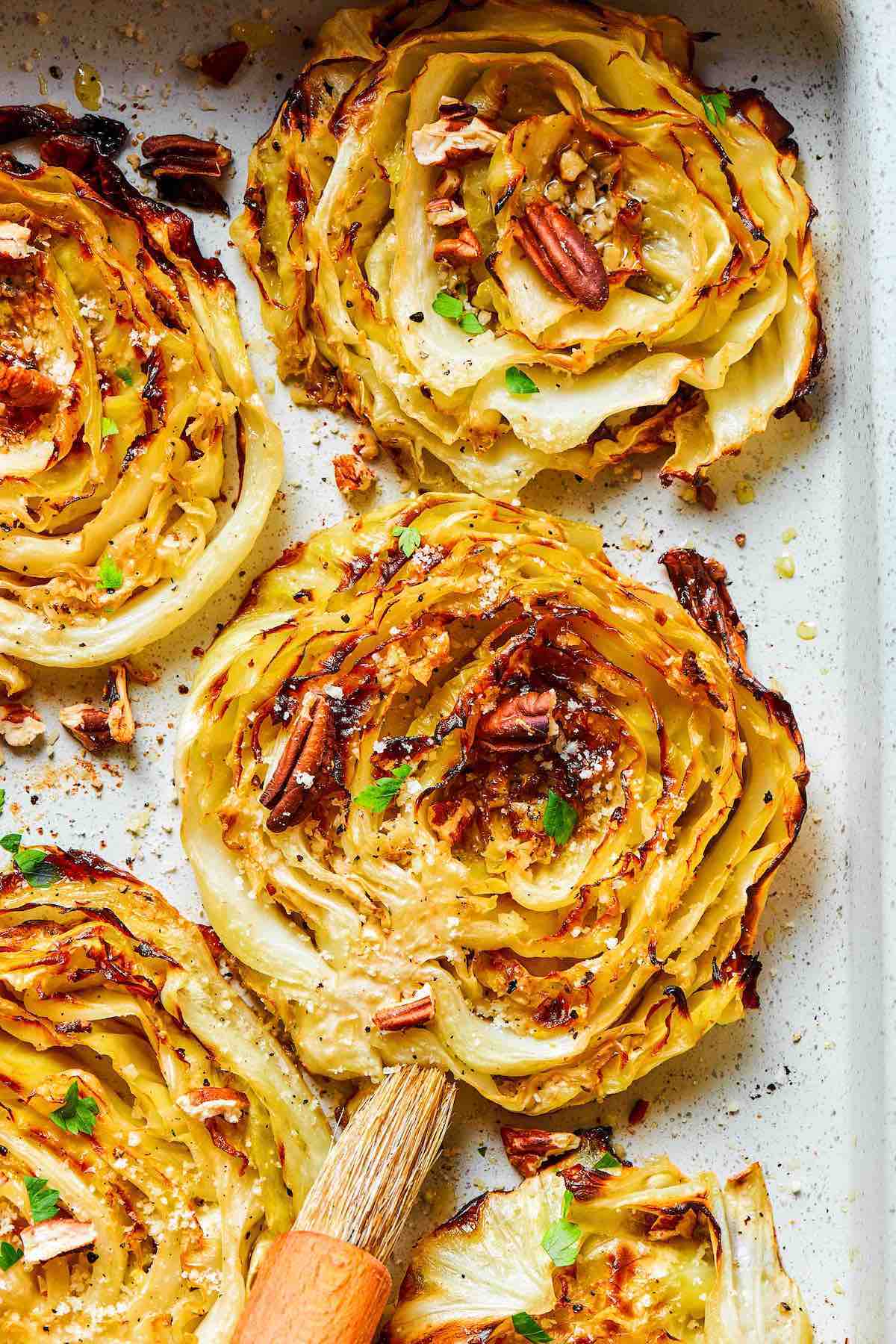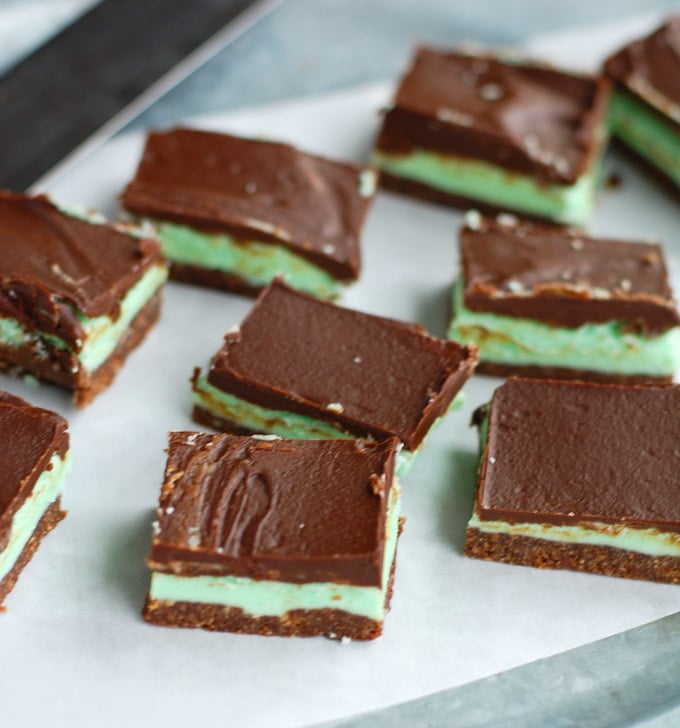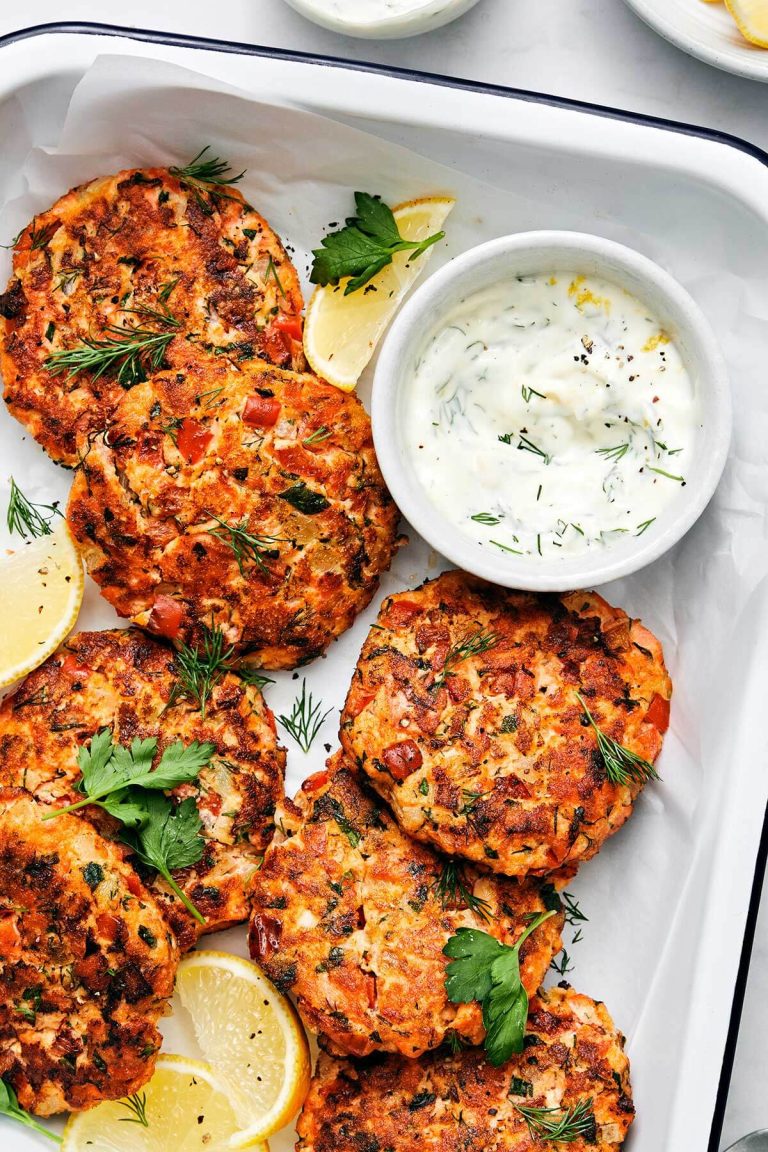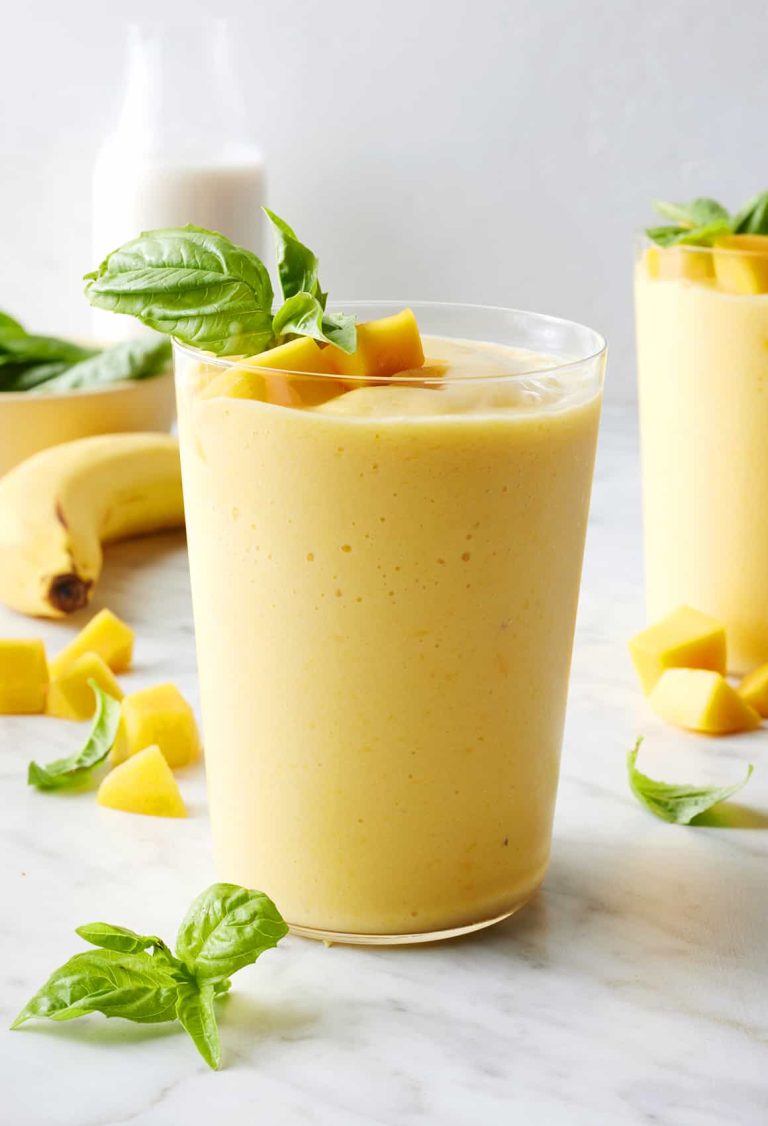Cabbage Steaks: A Healthy and Flavorful Recipe Guide
Cabbage steaks involve slicing a cabbage head into thick, steak-like slabs and roasting or grilling them until tender and caramelized. These slabs transform the humble cabbage into a savory and substantial main course. Season cabbage steaks with olive oil, salt, pepper, and various herbs or spices for added flavor. The cooking method—roasting or grilling—enhances the natural sweetness, providing a tasty and nutritional dish.
Rise in Popularity
Cabbage steaks have gained popularity due to their simplicity and health benefits. They offer a low-carb, high-fiber alternative to traditional meat and are suitable for various diets, including vegetarian, vegan, and gluten-free. Social media platforms have fueled this trend, with food enthusiasts sharing creative takes on cabbage steaks. They’re now featured in numerous cookbooks, blogs, and restaurant menus, highlighting their versatility and appeal.
How to Prepare Cabbage Steaks
Choosing the Right Cabbage
Select a fresh, firm cabbage head. Green and red cabbages work well, but Napa and Savoy are less suitable due to their loose leaves. Ensure the cabbage feels heavy for its size. The outer leaves should be vibrant and free from blemishes. Consistent size and shape help ensure even cooking.
Necessary Ingredients and Tools
Gather the following:
- Ingredients:
- 1 large cabbage head
- 3 tbsp olive oil
- 1 tsp salt
- 1 tsp black pepper
- Optional: garlic powder, paprika, thyme, rosemary
- Tools:
- Sharp knife
- Cutting board
- Baking sheet or grill
- Parchment paper (optional)
- Pastry brush (for oil application)
With the right cabbage and necessary ingredients and tools, you’re set to create flavorful cabbage steaks.
Cooking Methods for Cabbage Steaks
Oven Baking
Oven baking is a popular method for cooking cabbage steaks. Preheat the oven to 400°F (204°C) first. Place sliced cabbage steaks on a baking sheet lined with parchment paper. Brush both sides with olive oil, then season with salt, pepper, and any desired herbs or spices. Bake for 25-30 minutes until edges are crispy and centers are tender. Use a spatula to flip the steaks halfway through baking for even cooking.
Grilling
Grilling offers a smoky flavor to your cabbage steaks. Preheat the grill to medium-high heat. Brush cabbage steaks with olive oil on both sides, then season with salt, pepper, and chosen spices. Grill cabbage steaks for 5-7 minutes per side until char marks appear and cabbage is tender. Arrange steaks directly on the grill grates, and close the lid to maintain consistent heat.
Pan Frying
Pan frying provides a quick and effective way to cook cabbage steaks. Heat a large skillet over medium-high heat and add a generous amount of oil. Place cabbage steaks in the skillet, cooking each side for 4-6 minutes. Season both sides with salt, pepper, and other spices as they cook. Flip the steaks once the edges turn golden brown and the cabbage softens. Reduce heat if necessary to avoid burning.
Serving Suggestions for Cabbage Steaks
Seasoning Options
Seasonings enhance the flavor of cabbage steaks, making them more appetizing. Standard choices include salt, pepper, garlic powder, and paprika. If you’re looking to diversify, consider adding cumin, cayenne pepper for heat, or rosemary and thyme for an aromatic touch. For an Asian twist, incorporate soy sauce, ginger, and sesame oil.
Pairing with Sauces
Sauces elevate cabbage steaks by complementing their natural flavors. Common picks are yogurt-based sauces like tzatziki or creamy dill sauce. If you prefer bolder flavors, go for chimichurri or pesto. Barbecue sauce works well if you’re seeking a smoky, tangy profile, while a squeeze of lemon juice can add a refreshing, zesty note.
Nutritional Benefits of Cabbage Steaks
Low-Calorie Profile
Cabbage steaks offer a low-calorie option for meals. A 100-gram serving of raw cabbage contains around 25 calories. This makes cabbage an excellent choice for those looking to manage weight without sacrificing flavor. Including cabbage steaks in your diet can help maintain a calorie deficit while ensuring you still enjoy a substantial, satisfying dish.
Rich in Vitamins and Minerals
Cabbage is loaded with essential nutrients. A single serving provides vitamins C and K, important for immune function and blood clotting respectively. According to the USDA, 100 grams of raw cabbage contain about 36.6 mg of vitamin C and 76 mcg of vitamin K. Additionally, cabbage supplies fiber, potassium, and folate, which contribute to digestive health, muscle function, and cell growth. Consuming cabbage steaks regularly can support overall health thanks to these vital nutrients.
Conclusion
Cabbage steaks offer a delicious and nutritious addition to your meal rotation. They’re easy to prepare and versatile enough to suit various flavor profiles and dietary needs. Whether you’re baking, grilling, or pan frying, the combination of simple ingredients and seasoning options can transform humble cabbage into a gourmet delight. Elevate your meals with cabbage steaks and enjoy the health benefits and culinary satisfaction they bring.






